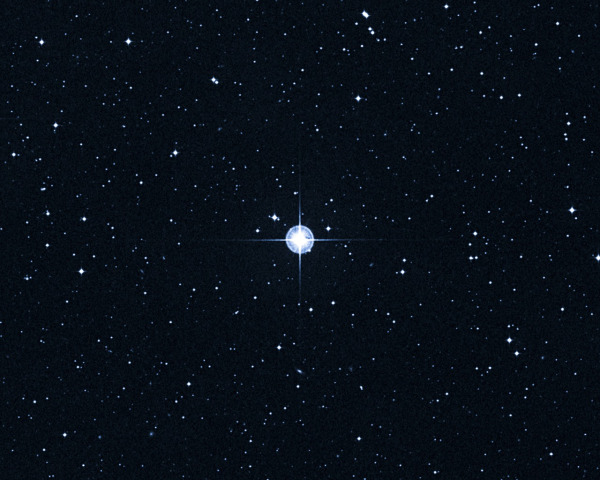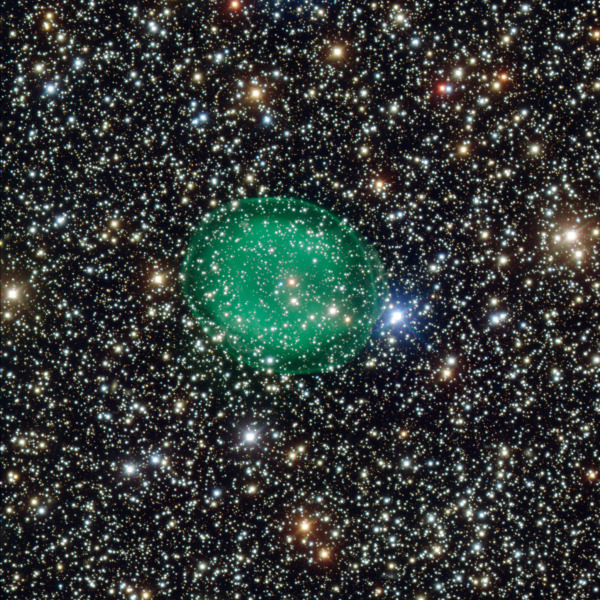“Let others praise ancient times; I am glad I was born in these.” -Ovid
With all that we know of astronomy, with the hundreds of billions of galaxies and hundreds of billions of stars in each that we know are there, it might surprise you to learn that the stars -- for the most part -- don't segregate themselves by age, but rather live together in well-mixed populations.
So how, then could we possibly hope to find the oldest stars that are out there? Believe it or not, we have more than just a simple clue, and we've been able to go farther back than most people ever imagined.
 Image credit: star HD 140283, via Digitized Sky Survey (DSS), STScI/AURA, Palomar/Caltech, and UKSTU/AAO.
Image credit: star HD 140283, via Digitized Sky Survey (DSS), STScI/AURA, Palomar/Caltech, and UKSTU/AAO.
Find out what we know about the oldest stars in the Universe today!
More like this
"Billions of years from now our sun, then a distended red giant star, will have reduced Earth to a charred cinder." -Carl Sagan
“Aristotle taught that stars are made of a different matter than the four earthly elements— a quintessence— that also happens to be what the human psyche is made of. Which is why man’s spirit corresponds to the stars.
it is raining, might as well liveblog the morning session...
runaway mergers of colliding stars - the quick and dirty intro...
stars are, in fact extended bodies.
This is mostly irrelevant to astronomers, since typical stellar separations are very large.
"Everyone must leave something behind when he dies, my grandfather said. A child or a book or a painting or a house or a wall built or a pair of shoes made. Or a garden planted.


One thing that always concerned my about using heavy element abundances.. Given that the really big supernova-forming stars may only last 10 million years, there could be patches seeded by multiple supernovas - and presumably fairly rich in heavy elements as a consequence - that would have a high metallicity within a few hundred ma. But there could also be primordial gas clouds that have remained fairly 'uncontaminated' for billions of years and giving birth to low-metallicity stars now.. How do we sort that out?
What is the Oldest Star in the Universe?
Betty White? ;)
Thought you might like these photos of the Aurora Borealis in Nova Scotia:
https://www.facebook.com/groups/205837859569691/permalink/4006740467527…